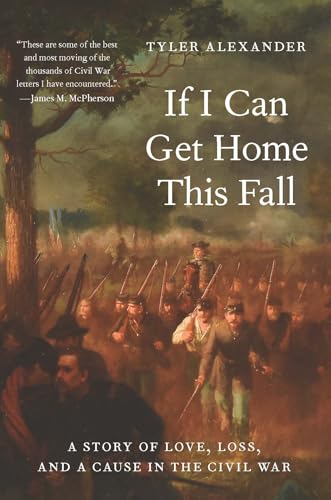
After the War
by David Hardin
"The Lives and Images of Major Civil War Figures After the Shooting Stopped"
Popularity
3.73 / 5
* A book's popularity is determined by how it compares to all other books on this website.
Where to buy?
Buy from Amazon* If you buy this book through the link above, we may receive a small commission at no extra cost to you.
After the War by David Hardin
Details
War:
American Civil War
Perspective:
Civilian
True Story:
Yes
Biography:
Yes
Region:
North America
Page Count:
361
Published Date:
2010
ISBN13:
9781615780242
Description
Brief Summary
After the War by David Hardin offers a poignant exploration of the lives of eleven key figures from the Civil War era, focusing on their struggles and personal developments in the aftermath of the conflict. The book reveals the challenges faced by individuals from both sides of the war as they navigate a changed nation and new personal realities. Using stories such as Jefferson Davis's daughter's controversial romance and Ulysses S. Grant's battle to secure his family's future while fighting cancer, Hardin paints a vivid picture of the triumphs and tragedies that befell those who once stood on the national stage of glory.
Main Themes and Topics
A central theme in After the War is the concept of personal and national transformation. Hardin delves into the challenges faced by historical figures in reconciling their past military glories with a present reality that often involved profound personal and financial struggle. The book also tackles themes of irony and loss as it examines how these individuals, who were once emblematic of their respective causes, come to terms with a world drastically altered by the war. Their experiences highlight the broader societal shifts in the United States during Reconstruction and the years immediately following the Civil War.
Writing Style and Tone
David Hardin employs a narrative style that is both empathetic and engaging, weaving historical facts with personal anecdotes to bring these post-war stories to life. His tone is reflective and nuanced, capturing the complex humanity of his subjects without leaning into dramatic excess. Each chapter feels meticulously crafted, drawing readers into the unique post-war trajectories of the figures he profiles. This approach provides a balanced view that allows for a deeper understanding of both the individuals and the broader historical context.
Criticism
While After the War offers a rich tapestry of post-Civil War life, some readers may find its focus on eleven specific individuals to be limiting in scope. Critics might argue that the book could have benefited from a wider lens or a more diverse set of perspectives to fully encapsulate the era's complexities. Additionally, the book’s episodic nature, structured around personal stories, might not cater to those looking for a comprehensive historical analysis of the Reconstruction period.









